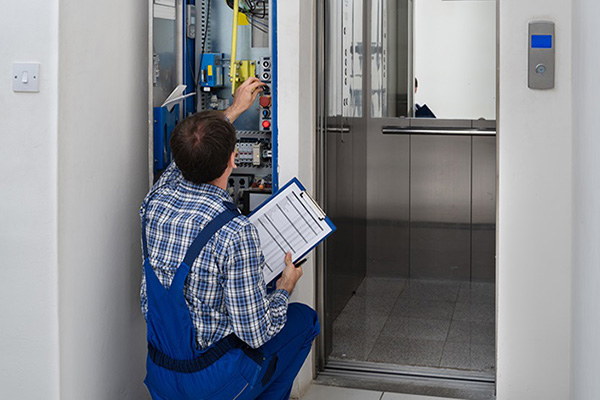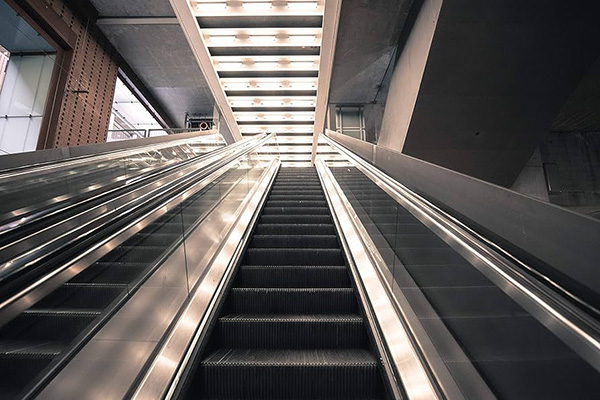Aging is a part of life that everyone experiences. Lifting a heavy box makes your back hurt more than before. You have to see the doctor more often for minor aches. And your spouse has to yell a little louder. While people change as they age, the same is true for your building’s elevators. You’ll find that problems become more difficult to fix, parts may be older and harder to obtain, and your elevators may look like they came out of a time machine.
Elisha Otis Graves introduced the first safe passenger elevator in New York in the 1850s. Today, New York City has the oldest population of elevators in the world, many of which are 30 to 50 years old or more. This can lead to frequent breakdowns and poor performance. Our team at Everest Lift can help you assess the health of your elevator and see what you can do to extend its lifespan. So, if your elevator is entering its golden years, here’s how Everest Lift can help.
Step 1: Equipment Audit and Life Cycle Assessment (Annual Physical Examination of Your Elevator)
Just as you should go for your annual physical examination every year, your elevator needs one too. This is called an Equipment Audit and Life Cycle Assessment. In this process, Everest Lift performs detailed tests to check for any potential violations in the elevator. This helps us uncover overdue maintenance – any needed services that may have already been missed. Our experts review the maintenance records and callbacks of all your elevators, as well as common equipment failures.
Life Cycle Assessments assess the environmental impact of your current system. This is the most scientifically recognized method globally for understanding how green your systems are. This is an intensive process that requires 3 to 12 months of work, but it will lead to a greater understanding of the elevator’s performance.
Step 2: Recommended Upgrades or Phased Renovation (Replacing Your Elevator Joint)
A hip or knee joint for an active person wears out as they age. The same can happen to critical parts of your elevator. Some of the most common recommended elevator upgrades include:
Automatic Rescue Devices: Safety in the event of a power outage to ensure the elevator stops at the nearest floor.
Dual Chain Protection: If one chain fails, the other chain will secure the car.
Variable Frequency Drives: Allow for car speed adjustment.
Dual Piston Brakes: A braking system with multiple actuators, so the elevator stops in the event of a power outage.
Elevator Starter can create a phased renovation plan after an equipment audit. In this process, we will focus on the most important upgrades first. When you plan ahead, you can schedule the renovation when it best suits your customers and your budget. For example, a busy department store like Macy’s wants to renovate its elevators in January, after the busy Christmas shopping season. That way, an elevator will be out of service at the most opportune time.
Our capital planners can help your team cover more intensive upgrades for your elevators, starting with a free assessment. Contact us for more information and to schedule your consultation.
Step 3: Preventive Maintenance (Vaccination of Your Elevator)
As you age, getting a flu shot becomes more important than ever, as flu viruses can affect you more seriously. Preventive maintenance is the annual vaccination your elevator needs to stay healthy. Our comprehensive maintenance programs can extend the life of your elevators, improve performance, and minimize the chance of unexpected breakdowns.
Some of the tasks we perform during preventive maintenance include:
Visual Inspections: Check for wear and signs of damage.
Parts Cleaning: Clean parts to prevent the build-up of materials that could compromise the integrity of the equipment.
Door Evaluation: Check their safety and functionality.
Emergency Communication Testing: Verify two-way communication with the emergency operator.
Annual Load Testing: Verify that the elevators can lift their maximum load.






